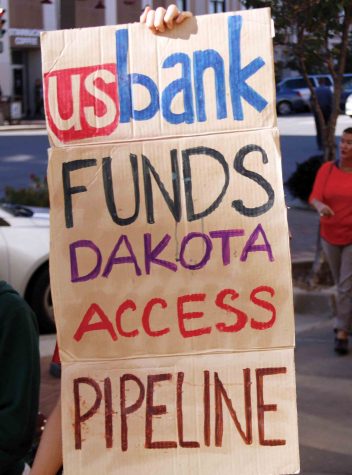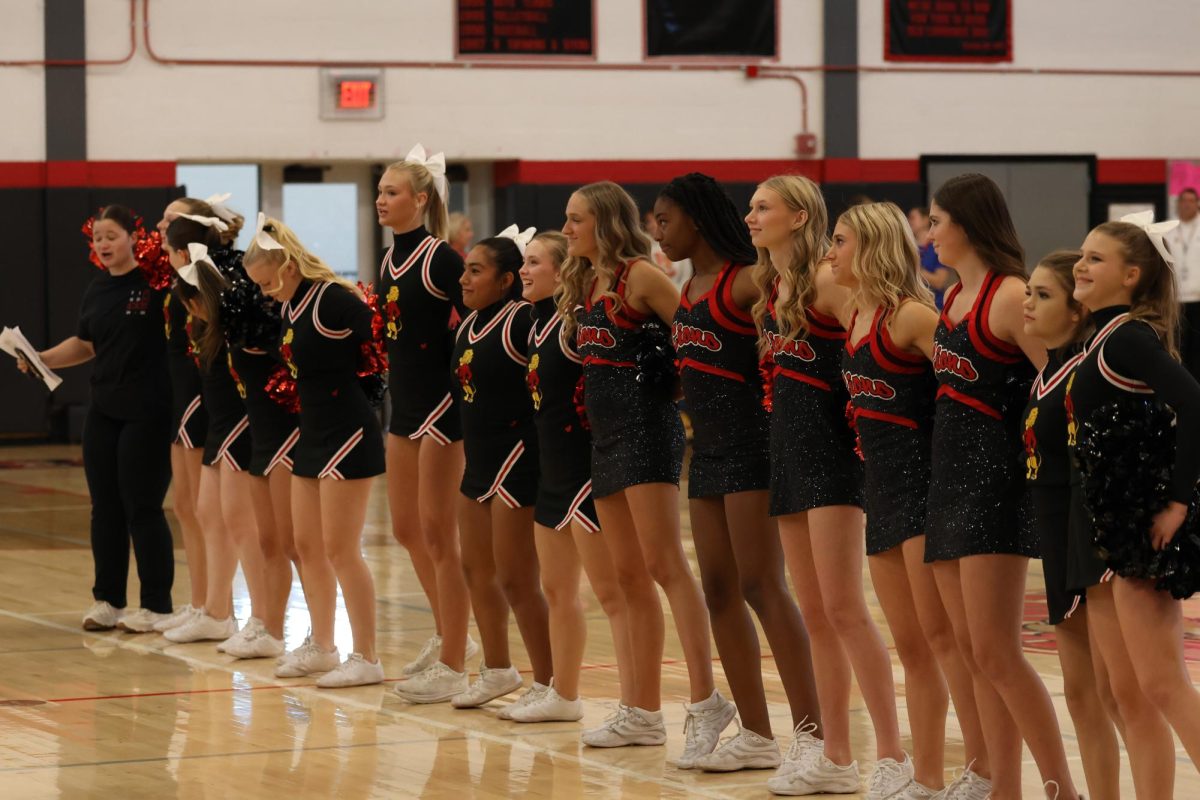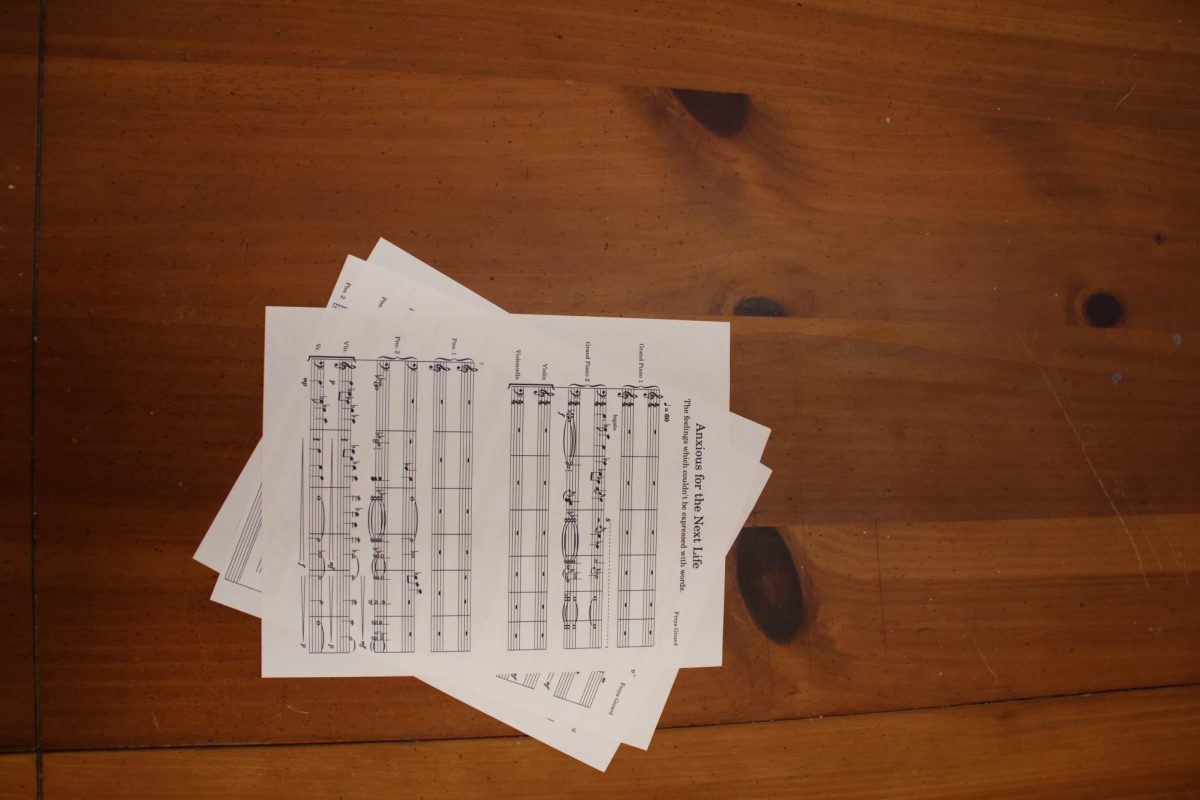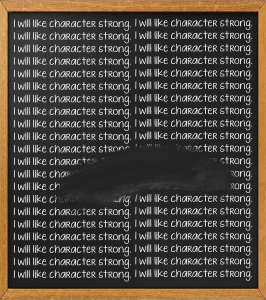OPINION: Standing with standing rock
OPINION: People need to support Native Americans in their fight for clean water
Not a game — With their fist up, sophomore Baxter Spielman holds a sign reading “THIS IS NOT A GAME,” at the Standing for Standing Rock March in Lawrence on Sept. 30. “I researched [the issue] and felt like displacing people was inhumane,” Spielman said. “I feel like people should be able to stay where their roots are.”
October 27, 2016
Since the beginning of Christopher Columbus’ arrival in the Americas back in the 1400s, Native Americans have been struggling to fight for land that was rightfully theirs to begin with.
Through the genocide of their people, the killing of buffalo and stealing of their land, they have been fighting for their right to live for hundreds of years.
Now, they are gathering in mass protests to say enough is enough.
Since the beginning of August, protesters have worked to stop the Dakota Access Pipeline (DAPL) near Cannon Ball, N.D, where the Sioux Tribe Reservation is located. The pipeline is a 1,172-mile-long channel that would be responsible for carrying more than 400,000 barrels of crude oil from North Dakota, passing through South Dakota and Iowa before connecting to an existing pipeline in Patoka, Ill.
During the course of several weeks through August and September, members of several other tribes across the country have shown up in support, including thousands of other people attending the protest in solidarity. The Sioux have claimed that the pipeline disrupts sacred sites, burial grounds and deeply infringes on tribal sovereignty, or the ability of Native Americans to govern themselves. Many protesters have also said that the pipeline puts the reservation’s water supply at risk as it passes multiple times underneath the Missouri River — the main source of water for the Sioux reservation.
The themes of the fight aren’t new. The tribe’s land and water is endangered by people who stand to make an unfathomable amount of money off of the pipeline, from major corporations to big banks.

Informative— A cardboard sign localizes the Dakota Access Pipeline issues at the march in Lawrence last month.
In responding to the protests by the Sioux tribe, law enforcement has been cruel and brutal. While protesters were praying peacefully for the protection of their water, police surrounded them with military vehicles and armed weapons. Officers drew their arms even though protesters were defenseless. Access to the internet was cut off and phone signals were blocked to avoid getting out word about what was going on.
The most unfortunate and upsetting day of the protests was on Sept. 3, the anniversary of the Whitestone massacre of 1863, when the US Army killed more than 300 members of the Standing Rock Sioux tribe. The protest ended with law enforcement responding violently, pepper spraying more than 30 protesters and allowing police dogs to bite six people, including a child.
Finally, there was a moment of hope for protesters. While a federal judge refused to block the project, the Department of Justice last month halted work in some areas while deciding if it needed to reconsider if previous approvals follow federal law. Further, the DOJ said the case highlighted “the need for a serious discussion on whether there should be nationwide reform with respect to considering tribes’ views on these types of infrastructure projects.”
It’s time for more people to acknowledge that change is needed and then follow through with actions.
These events have been a result of not only corrupt politics, but deeply embedded racism. Native Americans have been marginalized and ignored in inaccurate history books, created by generations of people who weren’t taught about the atrocities inflicted on tribes. As a result, many Americans don’t understand the frustrations behind Native Americans and are dismissing the severity of how they are being treated.

SHOWING SUPPORT— Lawrence High teacher Andrew Bricker wears a Standing Rock T-shirt as he attends the march for Standing Rock.
Native Americans have been limited because their land is, and always has been, money in someone else’s pockets.
As of now, the Sioux people are widely outnumbered financially and physically, and it is up to us, everyday people, to speak up and tell our government this is wrong. It is the people’s responsibility to stand up and speak out against tyranny on the American people. And no one is quite as American as these people, who have been fighting for the land that was stolen from them hundreds of years ago.
Media coverage is often scarce but it’s important to make it a priority to educate ourselves in this age of information. Protests are still happening in North Dakota and all across the country despite the lack of coverage. During the period of these protests, more than 200 tribes have shown up in support, considered by some to be the largest Native American protest in this country’s history.
The only true solution is everybody — yes, everybody — standing up and speaking out against what is morally wrong and disrespectful to an entire race that has been almost completely eradicated due to a genocide on their people, culture, land, burial grounds, and now, water. One person can’t do everything, but everybody can contribute to put an end to what has been a war fought too long.



![Not a game — With their fist up, sophomore Baxter Spielman holds a sign reading “THIS IS NOT A GAME,” at the Standing for Standing Rock March in Lawrence on Sept. 30. “I researched [the issue] and felt like displacing people was inhumane,” Spielman said. “I feel like people should be able to stay where their roots are.”](https://lhsbudget.com/wp-content/uploads/2016/10/Standing_HG_FIX_006-900x600.jpg)












